Table of Contents
Subhas Chandra Bose Biography
Subhas Chandra Bose, also known as Netaji, was an Indian revolutionary who was active in the independence movement against British rule of India. Subhas Chandra Bose was born c. January 23, 1897, in Cuttack, Orissa (now Odisha), India, and passed away on August 18, 1945, in Taipei, Taiwan. During World War II, he also served as the commander of an overseas Indian national force fighting the Western forces. Subhas Chandra Bose was Mohandas K. Gandhi’s contemporary; he was occasionally an ally and occasionally an enemy. Subhas Chandra Bose was renowned for his aggressive pursuit of independence and support for socialist principles.
Subhas Chandra Bose History
- Many Indians will never forget the Indian Nationalist Subhas Chandra Bose’s sense of patriotism.
- His catchphrase is “Tum Mujhe Khoon Do, Main Tumhe Azadi Dunga,” and Subhas Chandra Bose is well known for creating the group “Azad Hind Fauj.”
- On August 18, 1945, Netaji Subhash Chandra Bose died in a Taiwanese hospital from burn wounds he received in a plane crash.
- Subhas Chandra Bose was born on January 23, 1897, in Cuttack, Orissa.
- Subhash Chandra Bose, the most well-known freedom warrior, was a captivating orator and possessed remarkable leadership skills. “Delhi Chalo,” “tum mujhe khoon do,” and “main tumhe azadi dunga” are some of his slogans.
- Subhas Chandra Bose founded Azad Hind Fauj and actively participated in the struggle for India’s freedom.
- Subhas Chandra Bose is well known for both his socialist principles and the tough strategies he used to gain independence.
Subhas Chandra Bose Early Life and History
On January 23, 1897, Netaji Subhas Chandra Bose was born in Cuttack, Orissa, the son of Prabhavati Dutt Bose and Janakinath Bose. His father was a well-known attorney in Cuttack with the title “Rai Bahadur.” Subhas Chandra Bose attended the Protestant European School in Cuttack, which is now Stewart High School, together with his siblings. Presidency College is where he finished his undergraduate degree. At the age of sixteen, Subhas Chandra Bose discovered the literature of Swami Vivekananda and Ramakrishna and was deeply influenced by their teachings. Then, his parents sent him to the University of Cambridge in England to get ready for the Indian Civil Service. Subhas Chandra Bose passed the civil service exam in 1920, but in April 1921, after learning of the unrest caused by nationalists in India, he abruptly withdrew his name from consideration and sped back to his native country.
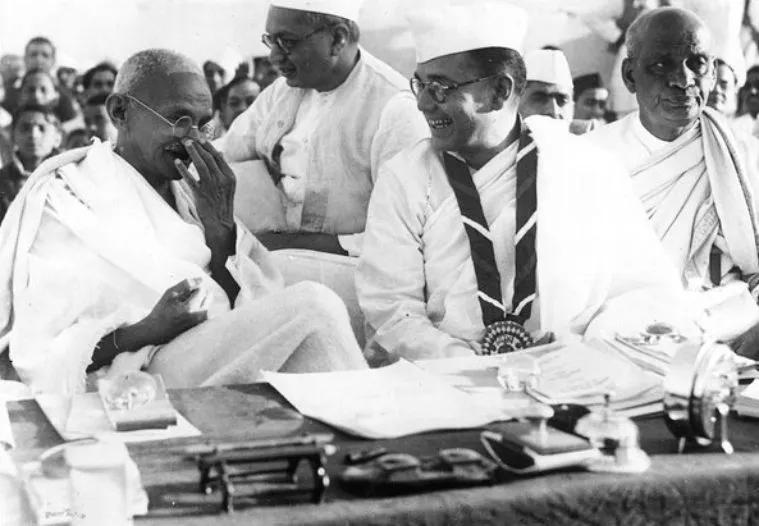
Subhas Chandra Bose Faith and ideology
- Subhas Chandra Bose was profoundly influenced by Swami Vivekanand’s universalist and nationalistic beliefs from a young age.
- Subhas Chandra Bose was influenced by the Bhagavad Gita, and he used it as motivation to battle the British.
- When Subhas Chandra Bose was a part of the Congress party, he became interested in the concepts of socialism and communism.
- Subhas Chandra Bose did believe that if National Socialism and Communism were merged, it would succeed in India.
- Subhas Chandra Bose supported secularism, gender equality, and other liberal beliefs, but he didn’t believe that democracy was the best form of government for India.
Important Articles of Indian Constitution
Subhas Chandra Bose: The Non-Cooperation Movement
- Subhas Chandra Bose joined the Non-Cooperation Movement, which Mahatma Gandhi founded and turned into a potent non-violent movement.
- Mahatma Gandhi recommended him to collaborate with Chittaranjan Das, who later served as his political mentor, during the agitation.
- Following that, Subhas Chandra Bose worked as a youth educator and volunteer commander for the Bengal Congress.
- Subhas Chandra Bose founded the “Swaraj” newspaper.
- After being released from prison in 1927, Subhas Chandra Bose joined Jawaharlal Nehru in the fight for independence as general secretary of the Congress party.
After being elected president of the Indian National Congress in 1938, Subhas Chandra Bose established a national planning committee and developed a wide industrialization agenda. However, Gandhian economic theory, which stuck to the idea of cottage industries and profiting from the utilisation of the nation’s own resources, did not agree with this. When Subhas Chandra Bose won his reelection bid in 1939 over a Gandhian opponent, it served as vindication for him. Nevertheless, the “rebel president” felt compelled to step down because Gandhi didn’t back him.
Constitution of India Articles, Preamble and Purpose
Subhas Chandra Bose: The Establishment of Forward Bloc
Subhas Chandra Bose’s branch of the All India Forward Bloc, a left-wing nationalist political organisation in India, broke off from the India Congress in 1939. In Congress, he was well recognised for holding liberal ideas. The Forward Bloc’s main goal was to unite all of the Congress party’s extreme factions. so that he might convey the significance of India’s total freedom while upholding the principles of equality and social justice.
- The establishment and efforts of the Azad Hind Fauj, commonly referred to as the Indian National Army, or INA, during the Second World War were a significant development in the struggle for liberation.
- With the help of Indians living in south-east Asian nations, Rash Behari Bose, an Indian revolutionary who had fled his country and spent many years living in Japan, founded the Indian Independence League.
- The league created the Indian National Army from among the Indian POWs with the intention of releasing India from British domination after Japan defeated the British army and seized nearly all of the south-east Asian nations.
- This army was organised in large part by General Mohan Singh, a former officer in the British Indian army.
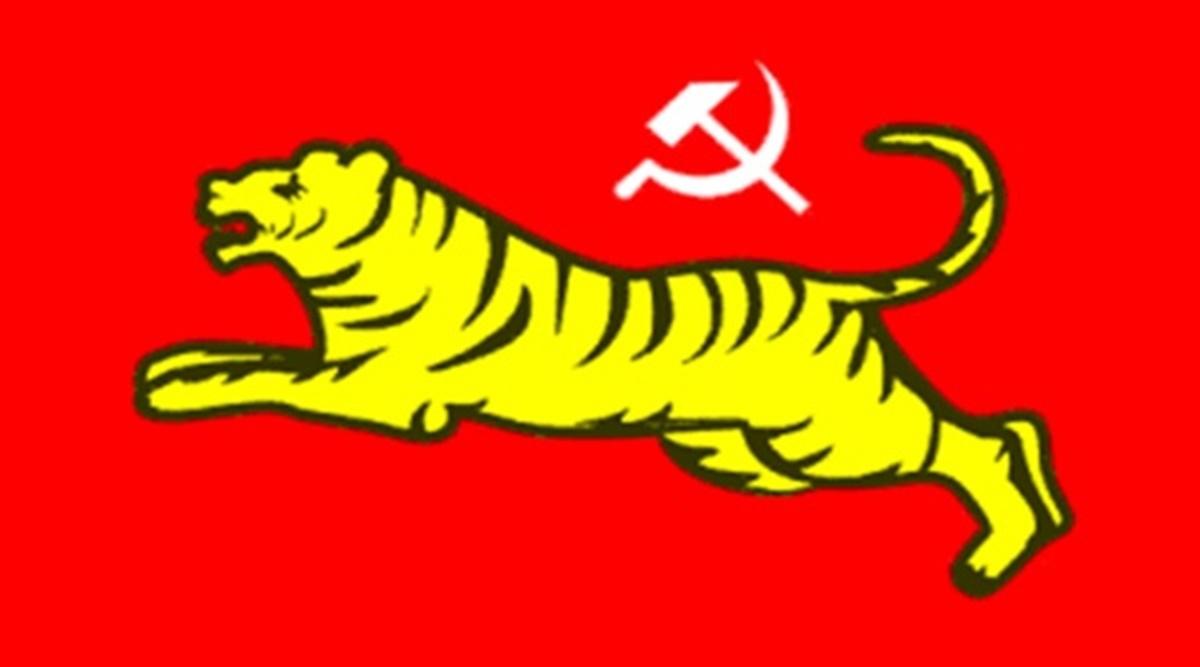
Subhas Chandra Bose and the Nazi
Subhas Chandra Bose was trained in Nazi Germany by the newly established Special Bureau for India, headed by Adam von Trott zu Solz. Beginning in January 1942, he and other Indians who had assembled in Berlin broadcast frequently from the German-sponsored Azad Hind Radio in English, Hindi, Bengali, Tamil, Telugu, Gujarati, and Pashto.
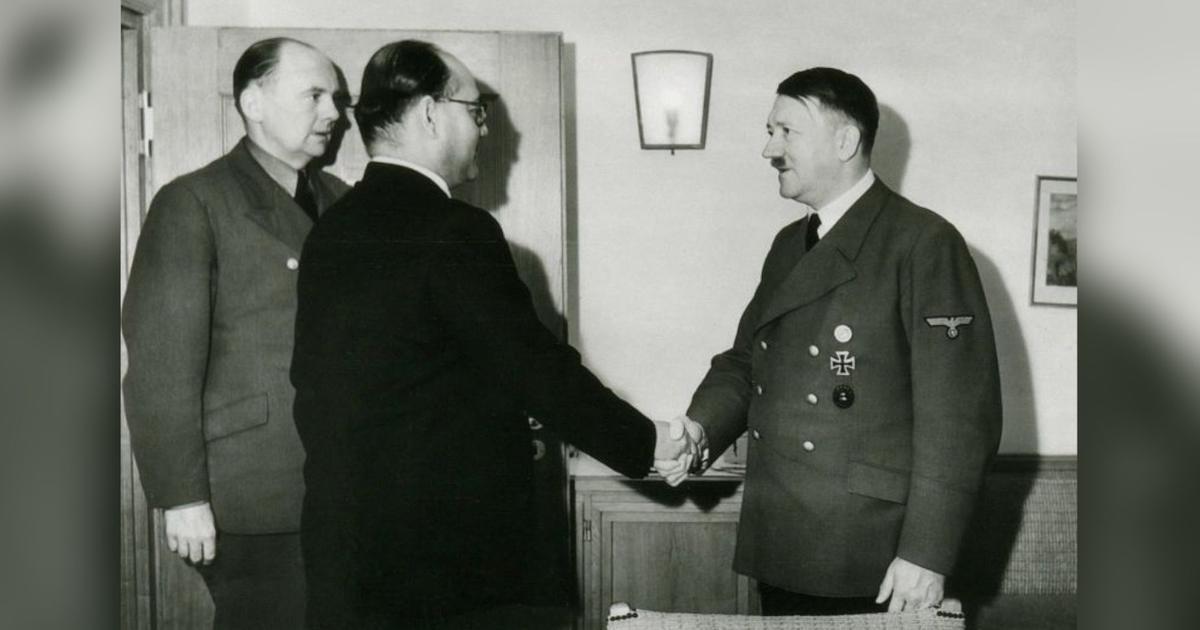
Subhas Chandra Bose: Azad Hind Fauz or INA
Subhas Chandra Bose was working for India’s independence while he was in Germany after fleeing India in 1941. He arrived in Singapore in 1943 to head the Indian Independence League and develop the Indian National Army (Azad Hind Fauj) into a powerful tool for India’s freedom. About 45,000 men made up the Azad Hind Fauj, including Indian prisoners of war and Indians who had settled in various south-east Asian nations.
- Subhas Chandra Bose, a.k.a. Netaji, announced the establishment of the interim administration of independent India (Azad Hind) in Singapore on October 21, 1943.
- In Andaman, which the Japanese had previously occupied, Netaji Subhas Chandra Bose raised the Indian flag.
- Three units of the Azad Hind Fauj (INA) took part in the onslaught on the northeastern regions of India early in 1944 in an effort to drive the British out of the country.
- The warriors who had entered India, according to Shah Nawaz Khan, one of the most important Azad Hind Fauj officers, lay flat on the ground and fervently worshipped the precious soil of their motherland.
- Azad Hind Fauj’s endeavour to liberate India, however, was unsuccessful.
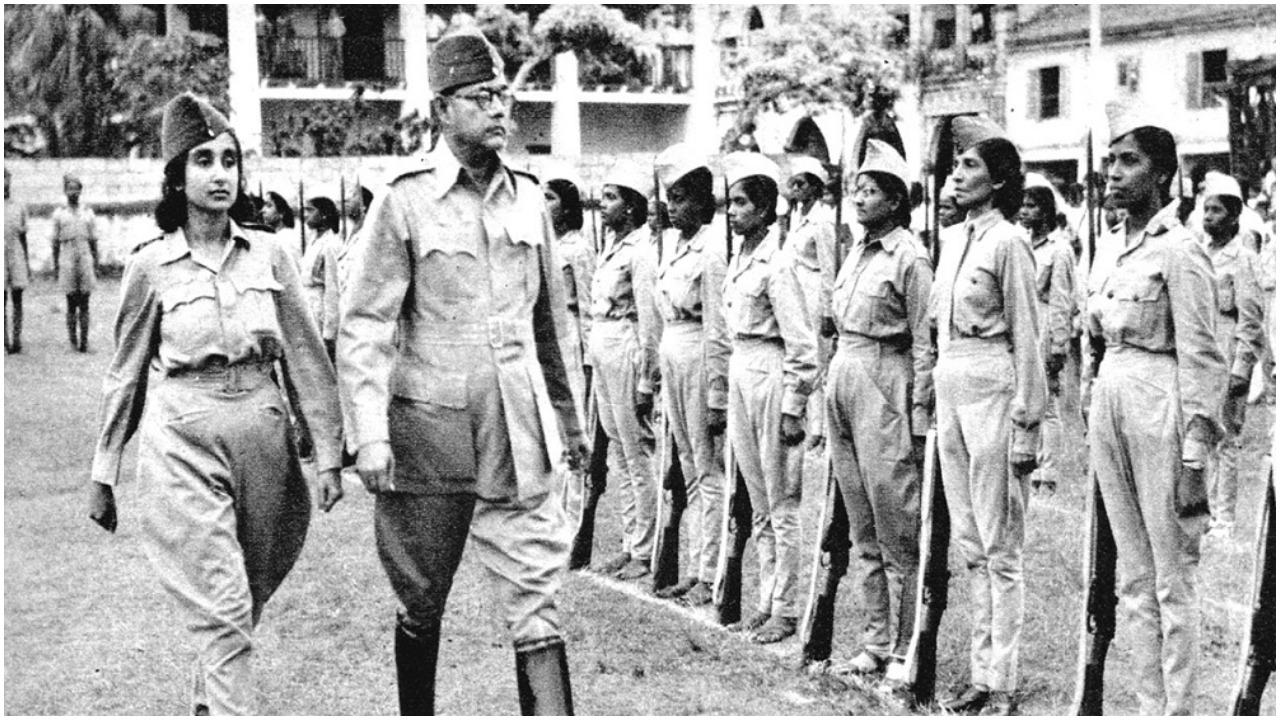
Subhas Chandra Bose: Japanese Ally in World War II
The Japanese government was not seen as a friend of India by the Indian nationalist movement. Its sympathy went out to the citizens of those nations that had been the targets of Japanese aggression. However, Netaji Subhas Chandra Bose thought the British authority over India could be overthrown with the aid of the Japan-backed Azad Hind Fauj and an uprising within India. Indians both inside and outside of the nation found inspiration in the Azad Hind Fauj, which was known for its “Delhi Chalo” slogan and salutation. Southeast Asian Indians of different ethnicities and areas came together under Netaji Subhas Chandra Bose’s leadership to support the cause of India’s freedom.
Indian women made significant contributions to the fight for India’s independence. The Azad Hind Fauj organised a women’s unit, which Captain Lakshmi Swaminathan oversaw. The regiment’s name was Rani Jhansi. The Azad Hind Fauj came to represent unity and bravery among Indians. A few days after Japan’s capitulation, one of the most important figures in India’s liberation struggle, Netaji, was declared dead in an aviation crash.
Subhas Chandra Bose: Defeat of Nazi Germany and Japan
Germany and Italy were defeated in 1945, bringing an end to the Second World War. In the war, millions of people died. The United States of America launched atomic bombs on the two cities of Japan, Hiroshima and Nagasaki, when the war was drawing to a close and Italy and Germany had already been vanquished. These cities were completely destroyed and approximately 200,000 people were dead in a matter of seconds. Japan gave up shortly after this. Even though the deployment of atomic weapons ended the war, it also sparked new global tensions and a new race to develop ever-more lethal weapons that could wipe out all of humanity.
Unsung Heroes of Freedom Struggle, 1857 to 1947
Freedom Fighters of India Names List, Images & Their Contribution

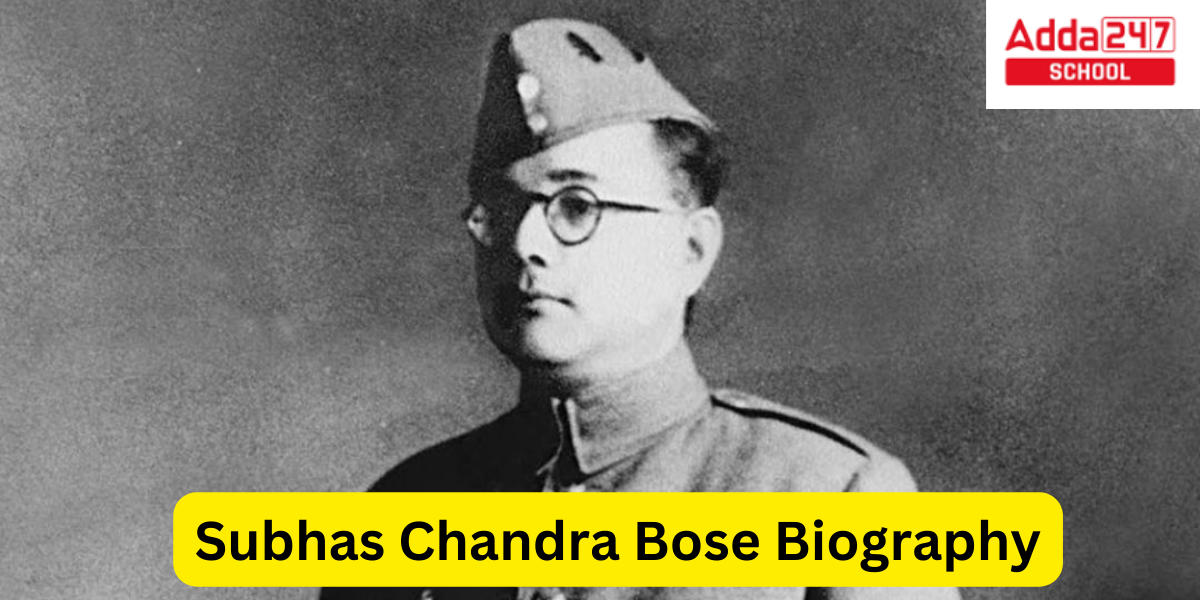

 NEET Marks vs Rank 2025, Check NEET Perc...
NEET Marks vs Rank 2025, Check NEET Perc...
 [Live Update] NTA CUET PG Answer Key 202...
[Live Update] NTA CUET PG Answer Key 202...
 MP Board Result 2025 Class 10th, 12th An...
MP Board Result 2025 Class 10th, 12th An...










